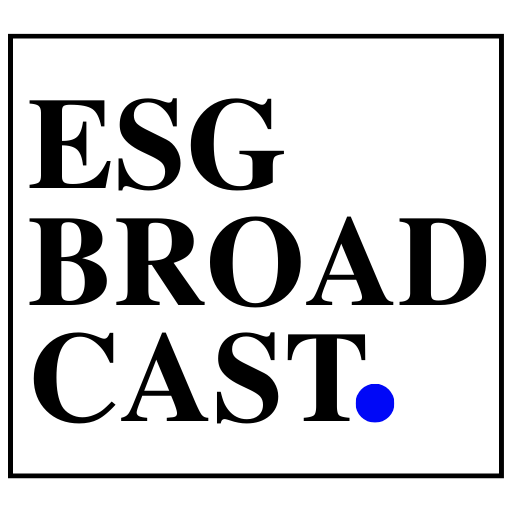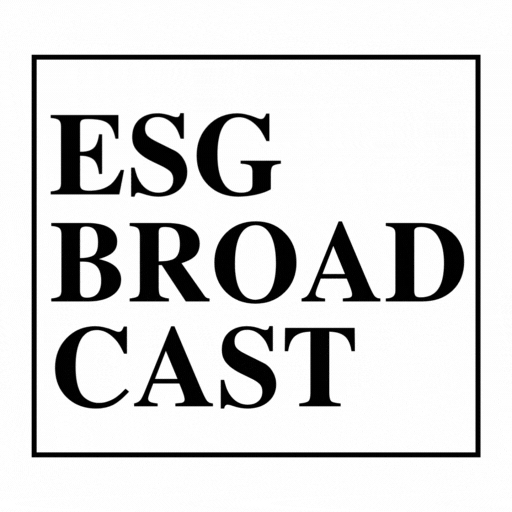In the first of a two-part series examining ESMA’s new regulations on the use of ESG and sustainability-related terms in fund names, Clarity AI’s research reveals that 44% of funds using environmental and impact terminology might need to rebrand or divest certain assets. This is because these funds currently invest in assets that do not meet the Paris-aligned benchmark (PaB) exclusionary criteria.
According to the study, 82% of the funds failing to meet PaB standards are classified as Article 8 funds. The guidelines, released on May 14, will take effect three months after being posted on ESMA’s website, giving existing funds six months to comply.
Key Insights from the Analysis
The research focused on funds that incorporate environmental, ESG, and sustainable terms, scrutinizing their exposure to sectors and revenue streams that breach PaB criteria, such as fossil fuels. The findings indicate that a significant number of EU funds with these terms may need to reevaluate their industry exposures. The upcoming second part of the series will explore criteria related to violations of United Nations Global Compact (UNGC) principles and OECD Guidelines for Multinational Enterprises.
Background on ESMA’s Fund Naming Rule
ESMA finalized its guidelines on May 14, 2024, introducing strict requirements for funds using ESG or sustainability-related terms in their names. These guidelines, first consulted on in November 2022, mandate that funds with such labels ensure their portfolios exclude certain sectors based on revenue sources outlined in the PaB criteria.
Compliance Requirements
Funds using environmental or impact terms must meet the following requirements:
- At least 80% of assets must fulfill the fund’s environmental and/or social objectives.
- No investments in assets that violate PaB exclusions.
PaB Exclusion Criteria
Funds must avoid investments in companies involved in:
- Controversial weapons
- Tobacco production
- Hard coal and lignite activities (if revenues from these exceed 1%)
- Oil fuel activities (if revenues from these exceed 10%)
- Gaseous fuel activities (if revenues from these exceed 50%)
- High GHG intensity electricity generation (if revenues from these exceed 50%)
Research Methodology
Clarity AI supplemented ESMA’s partial list of terms with a reverse lookup of EU funds, focusing on the top 25 most frequently used environmental-related terms. This conservative approach excluded social, governance, and transition-related terms, and used only English terms to cover the majority of EU funds.
Looking Ahead
The second part of the series will further assess funds based on their adherence to UNGC principles and OECD guidelines. Clarity AI anticipates that the proportion of non-compliant funds could rise above the initial 44% upon considering these additional criteria.






